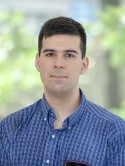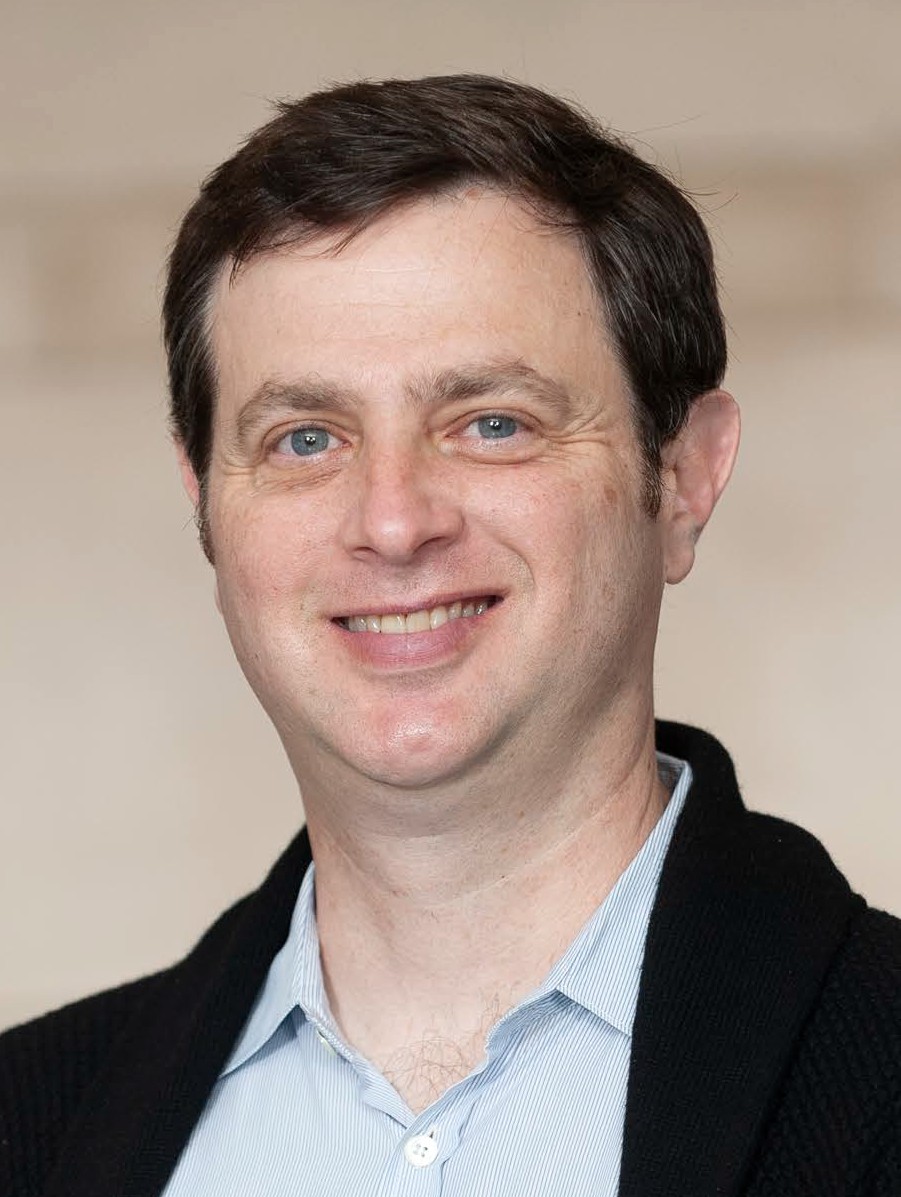Structures, functions and adaptations of the human LINE-1 ORF2 protein Journal Article
| Authors: | Baldwin, E. T.; van Eeuwen, T.; Hoyos, D.; Zalevsky, A.; Tchesnokov, E. P.; Sánchez, R.; Miller, B. D.; Di Stefano, L. H.; Ruiz, F. X.; Hancock, M.; Işik, E.; Mendez-Dorantes, C.; Walpole, T.; Nichols, C.; Wan, P.; Riento, K.; Halls-Kass, R.; Augustin, M.; Lammens, A.; Jestel, A.; Upla, P.; Xibinaku, K.; Congreve, S.; Hennink, M.; Rogala, K. B.; Schneider, A. M.; Fairman, J. E.; Christensen, S. M.; Desrosiers, B.; Bisacchi, G. S.; Saunders, O. L.; Hafeez, N.; Miao, W.; Kapeller, R.; Zaller, D. M.; Sali, A.; Weichenrieder, O.; Burns, K. H.; Götte, M.; Rout, M. P.; Arnold, E.; Greenbaum, B. D.; Romero, D. L.; LaCava, J.; Taylor, M. S. |
| Article Title: | Structures, functions and adaptations of the human LINE-1 ORF2 protein |
| Abstract: | The LINE-1 (L1) retrotransposon is an ancient genetic parasite that has written around one-third of the human genome through a ‘copy and paste’ mechanism catalysed by its multifunctional enzyme, open reading frame 2 protein (ORF2p)1. ORF2p reverse transcriptase (RT) and endonuclease activities have been implicated in the pathophysiology of cancer2,3, autoimmunity4,5 and ageing6,7, making ORF2p a potential therapeutic target. However, a lack of structural and mechanistic knowledge has hampered efforts to rationally exploit it. We report structures of the human ORF2p ‘core’ (residues 238–1061, including the RT domain) by X-ray crystallography and cryo-electron microscopy in several conformational states. Our analyses identified two previously undescribed folded domains, extensive contacts to RNA templates and associated adaptations that contribute to unique aspects of the L1 replication cycle. Computed integrative structural models of full-length ORF2p show a dynamic closed-ring conformation that appears to open during retrotransposition. We characterize ORF2p RT inhibition and reveal its underlying structural basis. Imaging and biochemistry show that non-canonical cytosolic ORF2p RT activity can produce RNA:DNA hybrids, activating innate immune signalling through cGAS/STING and resulting in interferon production6–8. In contrast to retroviral RTs, L1 RT is efficiently primed by short RNAs and hairpins, which probably explains cytosolic priming. Other biochemical activities including processivity, DNA-directed polymerization, non-templated base addition and template switching together allow us to propose a revised L1 insertion model. Finally, our evolutionary analysis demonstrates structural conservation between ORF2p and other RNA- and DNA-dependent polymerases. We therefore provide key mechanistic insights into L1 polymerization and insertion, shed light on the evolutionary history of L1 and enable rational drug development targeting L1. © 2023, The Author(s). |
| Keywords: | controlled study; unclassified drug; human cell; genetics; interferon; nonhuman; protein conformation; protein domain; protein function; metabolism; enzyme inhibition; protein; enzyme activity; drug development; molecular imaging; hela cells; rna; dna; protein processing; immunity; protein folding; protein structure; endonuclease; structure analysis; x ray crystallography; biochemistry; short hairpin rna; genetic conservation; cytosol; protein polymerization; lamivudine; cryoelectron microscopy; protein rna binding; inhibition; dna rna hybridization; dna template; retroposon; retroelements; stavudine; rna replication; rna directed dna polymerase inhibitor; long interspersed nucleotide elements; canonical analysis; dna integration; insertional mutagenesis; entecavir; tenofovir; endonucleases; interferon production; reverse transcription; ribonucleoprotein; abacavir; rna directed dna polymerase; humans; human; article; hela cell line; rna-directed dna polymerase; immune signaling; long interspersed nuclear element; multifunctional enzyme; structural model; long interspersed nuclear element 1; carbovir; open reading frame 2 protein; biological adaptation; cgas sting pathway |
| Journal Title: | Nature |
| Volume: | 626 |
| Issue: | 7997 |
| ISSN: | 0028-0836 |
| Publisher: | Nature Publishing Group |
| Date Published: | 2024-02-01 |
| Start Page: | 194 |
| End Page: | 206 |
| Language: | English |
| DOI: | 10.1038/s41586-023-06947-z |
| PUBMED: | 38096902 |
| PROVIDER: | scopus |
| PMCID: | PMC10830420 |
| DOI/URL: | |
| Notes: | Article -- MSK Cancer Center Support Grant (P30 CA008748) acknowledged in PDF -- MSK corresponding author is Benjamin Greenbaum -- Source: Scopus |
Altmetric
Citation Impact
BMJ Impact Analytics
Related MSK Work





